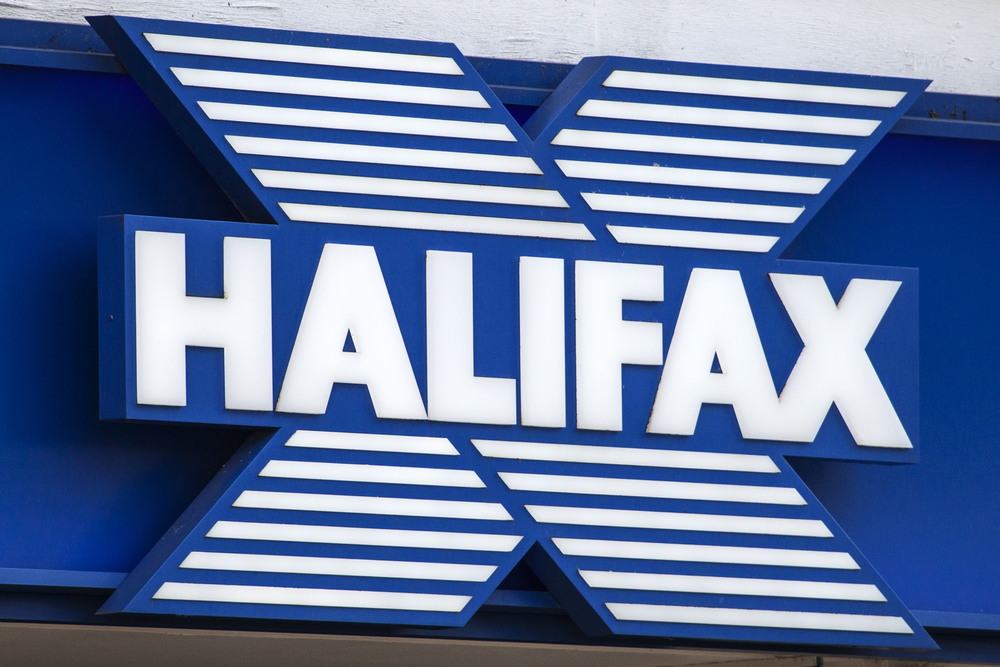
Lenders report that mortgage defaults have continued to rise at the start of this year, according to the latest Bank of England survey, as homeowners struggled with higher mortgage rates and the ongoing cost of living crisis.
These figures are part of the BoE’s wider credit conditions survey, looking at the availability and pricing of secured and unsecured lending to consumers and business, alongside repayment history.
The BoE figures show that mortgage defaults, along with missed payments on credit cards and loans, were expected to continue to climb over the next three months.
Overall these Bank of England figures show default rates on secured loans to households have increase when compared to the previous three month period. However this ‘net balance’ figure remained below that recorded in the second and third quarter of 2023 – as shown in the BoE’s chart below.
The Bank of England data also shows that lender losses from these defaults decreased over this three month period, but this was also expected to rise in the next quarter.
This data set does not record the actual number of defaults, but reflects a survey among lenders, designed to give early sight of potential problems in credit markets.
Lenders were asked how the default rate on secured/total unsecured loans to households had changed and had to report changes to the three months to end-February 2024 (Q1), relative to the period between September and November, and expected changes in the three months to end-May 2024 (Q2). A positive net balance figure indicates that defaults have increased.
This Bank of England data also shows that demand for mortgage and secured lending also rose in the first three months of the year – and is also expected to rise again in the current quarter. Lenders also reported increased demand for unsecured borrowing.
Commenting on these figures Hargreaves Lansdown head of personal finance Sarah Coles says: “Debt defaults keep mounting, and we’ve not yet reached the peak. It shows the desperate scramble that so many people face in keeping on top of their bills right now.”
She added that these figures also show how the cost-of-living crisis remain a problem for large numbers of middle-earners.
“Anyone who has overstretched themselves in the property market, or took on too many fixed costs in better times, has faced an impossible task as their incomes grew ever-tighter. Huge numbers of people have been borrowing their way through the crisis, and plenty of people will continue to do so. The fact that demand for unsecured borrowing is still rising is an indication of just how many people are relying on credit to make their household budgets stack up. However, there comes a time when borrowers run out of road, and as time goes on, more middle-earners will be hitting this brick wall.”



